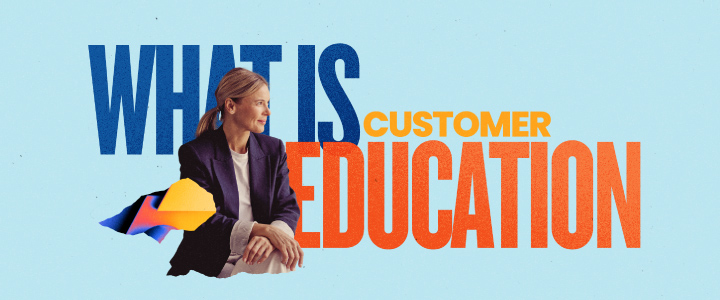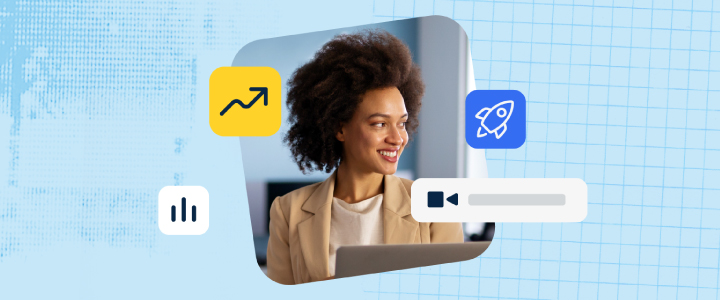
3 min reading time
Building a Bright L&D Future: Shape How Your Organization Learns
I want everything I do at LearnUpon to make a difference for our customers. As Head of Customer Experience, that’s hardly a shocking goal. But every day is full of choices about how to spend my time, and one of my guiding questions is, “What can I do today that will make the world a slightly better place for our customers tomorrow?”
So when I was asked to get involved with a webinar focusing on the future of learning and development, I jumped at the opportunity. Customer experience isn’t just about optimizing for here and now. It’s about anticipating future needs. Offering some thoughts that might help customers and others think about their future needs with clarity felt like a useful thing to do.
Here are some thoughts and key takeaways from the session.
Aligning with company goals
“Only 40% of companies say that their learning strategy is aligned with business goals. For 60%, then, learning has no explicit connection to the company’s strategic objectives.”
– Brandon Hall Group, The Business Impact of a Mature Learning Strategy
That’s… surprising, no? Most leaders understand the importance of learning in achieving their broader objectives, so why is it that less than half report good alignment between their learning programs and company objectives?
The answer may lie in the maturity of learning programs. In this clip, I talk about some common stages in the growth of intentional, aligned learning programs in an organization, including:
- No purposeful learning program: The busy, hectic early days; learning as “one more thing” that nobody has time for
- Reactive learning program: An organization reluctantly and reactively addresses critical issues with learning; learning as self defence
- Overbuilt learning program: Leaping headlong into learning… for its own sake; learning as “something it feels like we should be doing”
- Emerging alignment: Learning leaders begin conversations with business leaders about how their teams can help each other; learning as a ritual of teamwork and cooperation
- Fully-aligned learning program: Teams fully coordinate and align efforts around business objectives; learning as strategic initiative
The Hype Curve
Innovations and changes—even the best ones—come with ups and downs. I think that should be understood and respected. People sometimes think that as soon as they roll out a new tool or process, things will improve rapidly and become twice as good as they’ve been. When that doesn’t happen immediately (and it seldom, if ever, does), they might be discouraged and inclined to shrug and walk on to the next shiny, new thing. And that’s a great pity, since the goodness they hope for is probably there for the taking… after working through a bit of a trough and an uphill slog that accompanies any meaningful change.
The reality is that if you can launch a significant change and “break even” at first in terms of results and people’s comfort with the process or system, you’ve done remarkably well. Pushing through short-term pain unlocks the longer-term goodness you foresaw and expected. Understanding this is key to successful, people-friendly change management. Don’t trip over the goal line.
So remember: changing tools or content can be the right choice, especially if you’re shifting from a bloated tool or a vast library of beautiful, irrelevant content to something more practical, approachable, and fit to present purpose. You just need to prepare yourself for some challenges on the way to the better state you envision. You can discover more of my thoughts on navigating ‘The Hype Curve’ in this clip.
Creating a culture of learning
In the webinar I say that:
“People have to feel included, involved, considered, contemplated and understood in order to participate to their full potential.”
A learning program can be such an important part of that. But to achieve this, it has to be a learning program that gets used. I’d recommend creating a culture of learning to engage your learners. Below you’ll find some tips to create a stellar learning culture, but I share more insights into learning culture here.
- Context – Share the ‘why’ of your training programs
- Credibility – Set aside learning time for every team member within the bounds of their working day and market it like any other critical initiative
- Connection – Earn buy-in from first-level managers to weave training into the daily rhythm of every team
My key learnings
- Vibrant learning culture is learner-driven and leadership-supported
- Choosing tools and content strategies that support interoperability reduces learner friction and provides flexibility for all
Discover more of my key takeaways and answers to viewer questions from the live session in this clip.




